10 Sustainable E-Commerce Solutions to Reduce Your Environmental Impact
Whatlearned about the company:
Ecocart
Ecocart helps businesses achieve environmental sustainability by calculating, reducing, and offsetting their carbon emissions.
impersonates as Sustainable Business Marketing Expert
creates article that:
Whatlearned about the company:
About the company
creates article that:
Results
10 Sustainable E-Commerce Solutions to Reduce Your Environmental Impact
10 Sustainable E-Commerce Solutions to Reduce Your Environmental Impact

10 Sustainable E-Commerce Solutions to Reduce Your Environmental Impact
10 Sustainable E-Commerce Solutions to Reduce Your Environmental Impact

Introduction
Ecommerce is booming. It's reshaping how we shop, and revolutionizing industries. But with growth comes responsibility. Our planet is facing a climate crisis, and it's time for ecommerce to step up. This blog post explores how ecommerce can drive climate action, highlighting the importance of sustainability in this rapidly expanding sector. We'll cover everything from understanding the impact of ecommerce on the environment, to showcasing innovative solutions and best practices. By the end, you'll see how businesses and consumers can collectively promote a greener future.
Understanding the Impact
Ecommerce has made shopping more convenient than ever, but this convenience comes at a cost. The environmental impact is significant and multifaceted.
Carbon Emissions
The carbon footprint of ecommerce is vast. Delivery trucks, planes, and ships ferry goods across the globe, contributing to greenhouse gas emissions. According to a report by MIT, ecommerce-related transportation alone accounts for 30% of the total carbon emissions of the retail sector.
Packaging Waste
Another major issue is packaging waste. Every day, millions of parcels are shipped, often encased in layers of plastic and cardboard. The Environmental Protection Agency (EPA) estimated that packaging waste in the United States alone amounted to 82.2 million tons in 2018.
Energy Consumption
Running an ecommerce business requires significant energy. From data centers to warehouses, the energy demand is immense. A study by Greenpeace found that data centers, some of the largest consumers of energy, are responsible for around 2% of global greenhouse gas emissions.
Innovations in Sustainable Ecommerce
Thankfully, innovation is paving the way for more sustainable ecommerce practices. Here are some game-changing advancements.
Sustainable Packaging
Companies are developing eco-friendly packaging solutions. Biodegradable materials, such as mushroom and seaweed-based packaging, are gaining popularity. These alternatives not only reduce waste but also decompose naturally, minimizing environmental harm.
Green Logistics
Green logistics involves optimizing transport to reduce carbon emissions. Electric delivery vans are becoming mainstream, and drone deliveries are being tested to cut down on fuel usage. Additionally, better route planning algorithms help minimize travel distances, further reducing emissions.
Renewable Energy
More ecommerce businesses are turning to renewable energy sources. Solar panels and wind turbines power warehouses, and some companies even commit to green energy for their data centers. For instance, Amazon has pledged to power its global infrastructure with 100% renewable energy by 2030.
Best Practices for Ecommerce Businesses
Ecommerce businesses have a crucial role to play in mitigating climate change. Here are actionable steps to reduce their environmental footprint.
Sustainable Sourcing
Opt for suppliers who prioritize sustainability. Ensure that raw materials are responsibly sourced and that labor practices are ethical. Transparency in the supply chain is key to promoting sustainable sourcing.
Efficient Operations
Streamline operations to enhance efficiency. Adopt practices such as batch shipping to reduce the number of trips and use energy-efficient machinery in warehouses. Automation can also help minimize waste and improve resource management.
Eco-Friendly Marketing
Marketing materials can generate significant waste. Shift to digital marketing strategies to cut down on paper usage. When physical materials are necessary, use recycled paper and eco-friendly inks.
Case Studies
Several ecommerce businesses have successfully implemented sustainable practices, demonstrating that it’s possible to do well by doing good.
Patagonia
Patagonia is a leader in sustainability. Their ecommerce platform emphasizes eco-friendly products, and they use recycled materials in their clothing. Patagonia also donates a portion of their profits to environmental causes, reinforcing their commitment to climate action.
Etsy
Etsy has made significant strides in sustainability. They offset 100% of their carbon emissions from shipping and run their operations on renewable energy. Their efforts have not only benefited the environment but also resonated with their eco-conscious customer base.
IKEA
IKEA is transforming its ecommerce operations to be more sustainable. They’ve invested in electric delivery vehicles and aim to make their last-mile delivery emission-free by 2025. Additionally, IKEA offers products that encourage consumers to live more sustainably.
The Role of Consumers
Consumers play a pivotal role in driving climate action through ecommerce. Their behavior and choices can influence the market significantly.
Demand for Sustainable Products
Consumers are increasingly demanding sustainable products. A survey by Nielsen found that 66% of global consumers are willing to pay more for sustainable goods. This shift in demand encourages businesses to adopt eco-friendly practices.
Conscious Consumption
Conscious consumption involves making mindful purchasing decisions. Consumers can support brands that prioritize sustainability, reduce unnecessary purchases, and opt for products with minimal packaging. Small changes in buying behavior can lead to significant environmental benefits.
Advocacy and Awareness
Consumers can advocate for sustainability by voicing their concerns and supporting policies that promote environmental responsibility. Social media platforms provide a powerful tool for raising awareness and influencing corporate practices.
Conclusion
Climate action in ecommerce is not just a trend; it’s a necessity. The environmental impact of ecommerce is undeniable, but through innovation, best practices, and consumer behavior, we can drive meaningful change. Businesses must adopt sustainable practices, and consumers must demand them. Together, we can promote a more sustainable future for ecommerce and the planet.
For those eager to learn more or get started on their sustainable ecommerce journey, consider signing up for newsletters from leading sustainability organizations or joining online communities focused on green business practices. Your commitment to sustainability can make a world of difference.
10 Sustainable E-Commerce Solutions to Reduce Your Environmental Impact
10 Sustainable E-Commerce Solutions to Reduce Your Environmental Impact

The intersection of ecommerce and climate action presents a unique opportunity for driving sustainable progress. As consumers increasingly turn to online shopping, the environmental impact of ecommerce has come under scrutiny. However, this shift also opens doors for innovative solutions and initiatives that can propel us towards a greener future. By harnessing the power of ecommerce platforms, businesses can not only reduce their carbon footprint but also inspire widespread change in consumer behavior. This synergy between digital commerce and environmental sustainability is crucial in the fight against climate change. Through strategic partnerships, technological advancements, and conscious consumer choices, we can pave a path to progress that benefits both the planet and the economy. Join us on a journey to explore how driving climate action through ecommerce is not just a possibility but a necessity in today's world.
Challenges in Ecommerce Sustainability
Analyzing the Carbon Footprint of Online Shopping and Deliveries.
The exponential growth of the ecommerce industry has brought to light the significant environmental impact of online shopping and deliveries. From the energy consumption of data centers to the emissions generated by transportation, every aspect of the ecommerce supply chain contributes to the carbon footprint. Understanding the carbon footprint of online shopping involves not only the direct emissions from transportation but also the indirect emissions from the production and disposal of products. By closely examining these factors, we can better understand the challenges that need to be addressed to make ecommerce more sustainable.
Addressing Packaging Waste in Online Retail
In addition to carbon emissions, packaging waste is a critical issue in the online retail sector. The use of excessive packaging materials, single-use plastics, and non-recyclable packaging contributes significantly to environmental degradation. Online retailers are increasingly adopting sustainable packaging practices such as using biodegradable materials, reducing unnecessary packaging, and implementing recycling programs. By addressing packaging waste, ecommerce businesses can minimize their environmental impact and contribute to a more sustainable future.
Mitigating Carbon Emissions in Last-Mile Deliveries
One of the key challenges in ecommerce sustainability is reducing the carbon emissions associated with last-mile deliveries. The final leg of the delivery process often involves multiple stops in densely populated areas, leading to increased fuel consumption and air pollution. Innovative solutions such as route optimization, electric vehicles, and alternative delivery methods are being explored to minimize the environmental impact of last-mile logistics. By investing in sustainable delivery practices, ecommerce companies can reduce their carbon footprint and create a more environmentally friendly supply chain.
Promoting Sustainable Packaging Practices
To combat packaging waste, online retailers are increasingly focusing on sustainable packaging solutions. This includes using compostable materials, optimizing packaging sizes to reduce waste, and encouraging customers to choose eco-friendly packaging options. By promoting sustainable packaging practices, ecommerce businesses can not only reduce their environmental impact but also appeal to environmentally conscious consumers who prioritize sustainability in their purchasing decisions.
Embracing Circular Economy Principles
A shift towards a circular economy model is essential for enhancing ecommerce sustainability. This approach emphasizes the importance of minimizing waste and maximizing resource efficiency through strategies like product refurbishment, recycling programs, and waste reduction initiatives. By embracing circular economy principles, online retailers can create a more sustainable business model that prioritizes environmental stewardship and long-term sustainability.
The challenges in ecommerce sustainability are multifaceted and require a comprehensive approach to address. By analyzing the carbon footprint of online shopping and deliveries, addressing packaging waste, mitigating carbon emissions in last-mile logistics, promoting sustainable packaging practices, and embracing circular economy principles, the ecommerce industry can lead the way towards a more sustainable future.
Sustainable Strategies for Ecommerce
Where environmental concerns are at the forefront of global discussions, it is imperative for businesses to adopt sustainable strategies. This is especially true for the ecommerce industry, which has a significant impact on the environment due to its reliance on packaging, transportation, and energy consumption. In this blog section, we will explore two key sustainable strategies that ecommerce businesses can implement to reduce their carbon footprint and contribute to a greener future.
Embracing Sustainable Sourcing and Ethical Production Methods
One of the most impactful ways for ecommerce businesses to become more sustainable is by embracing sustainable sourcing and ethical production methods. This involves carefully selecting suppliers and manufacturers that prioritize environmental and social responsibility. By partnering with suppliers who use eco-friendly materials, minimize waste, and provide fair wages and safe working conditions for their employees, ecommerce businesses can ensure that their products are produced in a way that is both ethical and sustainable.
Utilizing Renewable Energy and Green Technology for Emission Reduction
Another important sustainable strategy for ecommerce businesses is to utilize renewable energy and green technology to reduce their carbon emissions. By investing in solar, wind, or other forms of renewable energy, ecommerce companies can power their operations with clean energy sources, thereby reducing their reliance on fossil fuels and lowering their carbon footprint. Additionally, implementing energy-efficient practices and technologies, such as LED lighting, smart thermostats, and energy-efficient appliances, can further help ecommerce businesses minimize their environmental impact.
In addition to these strategies, ecommerce businesses can also focus on optimizing their supply chain logistics to reduce transportation-related emissions. Implementing strategies like consolidating shipments, using more efficient routes, and exploring alternative transportation modes such as electric vehicles can significantly decrease the carbon footprint associated with product delivery.
Furthermore, engaging with customers to promote sustainable practices can create a positive impact. Encouraging recycling, offering eco-friendly packaging options, and providing information on the environmental benefits of certain products can help raise awareness and foster a community of environmentally conscious consumers.
By implementing these comprehensive sustainable strategies, ecommerce businesses not only contribute to a healthier planet but also position themselves as responsible industry leaders committed to making a positive impact. As consumer awareness and demand for sustainable products continue to rise, integrating these strategies into business operations is not just a choice but a necessity for long-term success and relevance in the evolving ecommerce landscape.
Eco-friendly Initiatives in Ecommerce
Where environmental concerns are at the forefront of many discussions, it is crucial for businesses to adopt eco-friendly practices. Ecommerce companies, in particular, have a unique opportunity to make a positive impact on the environment through their operations. This blog section will delve into some successful eco-initiatives taken by ecommerce businesses and explore strategies for minimizing the environmental impact of online retail.
Showcasing Successful Eco-Initiatives by Ecommerce Businesses
- Sustainable Packaging: Many ecommerce companies are now opting for sustainable packaging materials such as recycled cardboard, biodegradable plastics, and compostable packaging. This not only reduces waste but also showcases a commitment to environmental responsibility.
- Carbon-Neutral Shipping: Some ecommerce businesses are offsetting the carbon emissions generated from shipping by investing in carbon offset programs. This helps in reducing the overall carbon footprint of the business.
- Energy-Efficient Warehousing: Implementing energy-efficient practices in warehousing facilities, such as using LED lighting, optimizing heating and cooling systems, and investing in renewable energy sources, can significantly reduce energy consumption.
- Eco-Friendly Product Lines: Launching eco-friendly product lines made from sustainable materials or promoting products that are ethically sourced and produced can attract environmentally conscious consumers.
Strategies for Minimizing Environmental Impact in Online Retail
- Optimize Supply Chain: Streamlining the supply chain process, reducing transportation distances, and consolidating shipments can help minimize the environmental impact of ecommerce operations.
- Implement Recycling Programs: Encouraging customers to recycle packaging materials or offering incentives for returning used products can contribute to a circular economy and reduce waste.
- Educate Consumers: Providing information to consumers about the environmental impact of their purchases and offering tips for sustainable living can raise awareness and promote eco-conscious shopping habits.
- Collaborate with Eco-Partners: Partnering with environmental organizations, participating in tree-planting initiatives, or supporting wildlife conservation projects can demonstrate a commitment to environmental stewardship.
By adopting eco-friendly initiatives and implementing strategies to minimize environmental impact, ecommerce businesses can not only contribute to a greener planet but also attract a growing segment of environmentally conscious consumers. Together, we can create a more sustainable future for online retail.
The Importance of Sustainable Practices in Ecommerce
In the competitive landscape of online retail, sustainability has emerged as a key differentiator for businesses. Consumers are increasingly prioritizing eco-friendly brands and are willing to support companies that demonstrate a commitment to environmental conservation. By incorporating sustainable practices, ecommerce businesses can not only meet consumer expectations but also drive positive change in the industry.
Reducing Carbon Footprint Through Innovation
Innovative technologies are playing a crucial role in helping ecommerce businesses reduce their carbon footprint. From route optimization algorithms that minimize delivery distances to automated packaging solutions that use eco-friendly materials, technology is enabling companies to operate more sustainably. By investing in green technologies, ecommerce businesses can enhance efficiency while also benefiting the environment.
Community Engagement and Environmental Awareness
Beyond internal initiatives, ecommerce businesses can engage with their communities to promote environmental awareness. Hosting educational events, sponsoring local clean-up drives, or partnering with schools for eco-friendly programs are ways in which businesses can foster a culture of sustainability. By involving customers and stakeholders in environmental initiatives, ecommerce companies can amplify their impact and inspire broader change.
Looking Ahead: The Future of Eco-Friendly Ecommerce
As consumer preferences continue to shift towards sustainability, the future of ecommerce lies in embracing eco-friendly practices. From innovative packaging solutions to transparent supply chains, the path to a greener ecommerce sector is paved with opportunities for businesses to lead by example. By prioritizing environmental responsibility and adopting sustainable strategies, ecommerce companies can not only thrive in a competitive market but also contribute to a more sustainable future for generations to come.
Consumer Education and Engagement
Where online shopping has become a norm, it is crucial to educate consumers on making sustainable choices. This not only benefits the environment but also empowers individuals to contribute positively to the world. Here are some key points to discuss in this blog section:.
- The Impact of Consumer Choices: Understanding how individual purchasing decisions can influence environmental sustainability and the importance of supporting eco-conscious brands.
- Sustainable Choices in E-commerce: Exploring the concept of green consumerism and providing practical tips on how consumers can make informed decisions when shopping online to reduce their carbon footprint and support ethical practices.
- Benefits of Eco-Friendly Brands: Highlighting the advantages of choosing eco-friendly brands, such as promoting fair labor practices, using sustainable materials, and supporting environmental initiatives.
- Tips for Eco-Conscious Online Shopping: Offering actionable advice on how consumers can navigate the world of online shopping while prioritizing sustainability, including tips on choosing recyclable packaging, opting for energy-efficient products, and supporting local businesses.
- The Role of Consumer Education: Discussing the significance of consumer education in driving positive change, empowering individuals to make conscious choices, and fostering a culture of sustainability.
Consumer education plays a vital role in shaping a more sustainable future. By raising awareness about the environmental impact of consumer choices, individuals can make informed decisions that align with their values and contribute to a healthier planet. Sustainable choices in e-commerce extend beyond just selecting eco-friendly products; they encompass a holistic approach to shopping that considers the entire lifecycle of a product, from production to disposal.
One key aspect of eco-conscious online shopping is understanding the supply chain of products. Consumers can look for transparency from brands regarding their sourcing practices, production methods, and commitment to sustainability. By supporting companies that prioritize ethical and environmentally friendly practices, consumers can drive demand for more responsible business models.
Additionally, consumers can leverage technology to support sustainable shopping habits. Mobile apps and browser extensions can help individuals identify eco-friendly products, compare sustainability certifications, and track their environmental impact. These tools empower consumers to make greener choices effortlessly and hold companies accountable for their environmental footprint.
Furthermore, community engagement plays a crucial role in promoting sustainable consumption. By sharing tips, experiences, and recommendations with peers, consumers can collectively advocate for eco-conscious practices and influence others to adopt more sustainable behaviors. Social media platforms, online forums, and local events provide avenues for consumers to connect, learn, and inspire positive change.
Consumer education and engagement are essential components of building a more sustainable society. By equipping individuals with the knowledge and resources to make eco-conscious decisions, we can create a future where environmental stewardship is a shared responsibility. Together, let's embrace sustainable living and empower each other to make a difference through our everyday choices.
Collaboration for Sustainable Growth
Collaboration has become a key driver for achieving sustainable growth. Partnerships play a crucial role in fostering impactful environmental change and driving innovation in the realm of sustainability. Let's delve into the importance of partnerships for impactful environmental change and explore the innovations and technologies that are propelling sustainability in the ecommerce sector.
Importance of Partnerships for Impactful Environmental Change
Partnerships are essential for addressing complex environmental challenges that no single entity can tackle alone. By collaborating with like-minded organizations, businesses can leverage collective expertise, resources, and networks to drive meaningful change. Whether it's reducing carbon emissions, promoting circular economy practices, or conserving natural resources, partnerships enable a more holistic and effective approach towards environmental sustainability.
Innovations and Technologies Driving Sustainability in Ecommerce
The ecommerce industry has been rapidly embracing sustainability practices to minimize its environmental footprint. From implementing eco-friendly packaging solutions to optimizing supply chain logistics for reduced emissions, ecommerce companies are leveraging innovations and technologies to drive sustainability. Advancements such as AI-powered predictive analytics for inventory management, electric delivery vehicles, and renewable energy integration are revolutionizing the way ecommerce businesses operate sustainably.
The Role of Consumer Awareness and Demand
Consumer awareness and demand are also significant drivers of sustainability in ecommerce. As more consumers prioritize eco-conscious products and practices, businesses are compelled to adopt sustainable measures to meet these demands. This shift in consumer behavior is pushing ecommerce companies to innovate further, develop greener solutions, and transparently communicate their sustainability efforts to build trust and loyalty among environmentally conscious consumers.
Measuring Impact and Setting Goals
To ensure the effectiveness of sustainability initiatives, it is crucial for ecommerce businesses to measure their impact and set clear goals for improvement. Implementing key performance indicators (KPIs) related to environmental metrics, such as carbon footprint reduction, waste minimization, and energy efficiency, allows companies to track progress and identify areas for enhancement. By setting ambitious yet achievable sustainability goals, ecommerce businesses can drive continuous improvement and demonstrate their commitment to environmental stewardship.
Conclusion
Collaboration, innovation, consumer awareness, and goal-setting are integral components of driving sustainability in the ecommerce sector. By fostering partnerships, embracing cutting-edge technologies, responding to consumer demands, and setting measurable goals, ecommerce businesses can lead the way towards a more sustainable future. Through collective efforts and a shared commitment to environmental responsibility, the ecommerce industry can make a significant impact in creating a greener, more sustainable world for present and future generations.
Conclusion
Leveraging ecommerce as a tool to drive climate action presents a promising path to progress. By adopting sustainable practices, reducing carbon footprints, and promoting eco-friendly products, ecommerce businesses can make a significant impact in the fight against climate change. It is imperative for both businesses and consumers to prioritize sustainability in their online transactions to create a more environmentally conscious future. Through collective efforts and innovative solutions, ecommerce can be a powerful force for positive change in addressing climate challenges.
Search engines index & rank higher Tely’s expert-level articles
For each article we use at least 30 sources to add cases, report data, quotes and infographics.
Tely AI uses real world information to position your company as an industry expert
Tely AI generates infographics to capture visitors attention
Tely inserts quotes and expert opinions of niche industry leaders
Tely paraphrases all texts to sound human and bypass AI content detectors
As we reach 2023, a GPT-4-based model has solved 84.3% of problems, nearing the human baseline of 90%. As we continue to push AI's limits in mathematics, we are compelled to create new benchmarks to highlight the differences and advantages between human and AI problem-solving.
In a test involving 30 problems from the International Mathematical Olympiad, AlphaGeometry was able to solve 25. This performance significantly surpasses previous methods, which could only solve 10 problems.

The ability of AI to process and analyze massive data sets has the potential to revolutionize the methodologies and problem-solving approaches used in mathematics.
“Machine learning tools are very good at recognizing patterns and analyzing very complex problems.”
Consider the “ai math” problem, a complex mathematical challenge that has been made more manageable through AI's capabilities. This not only saves considerable time but also opens new avenues for innovative mathematical research.
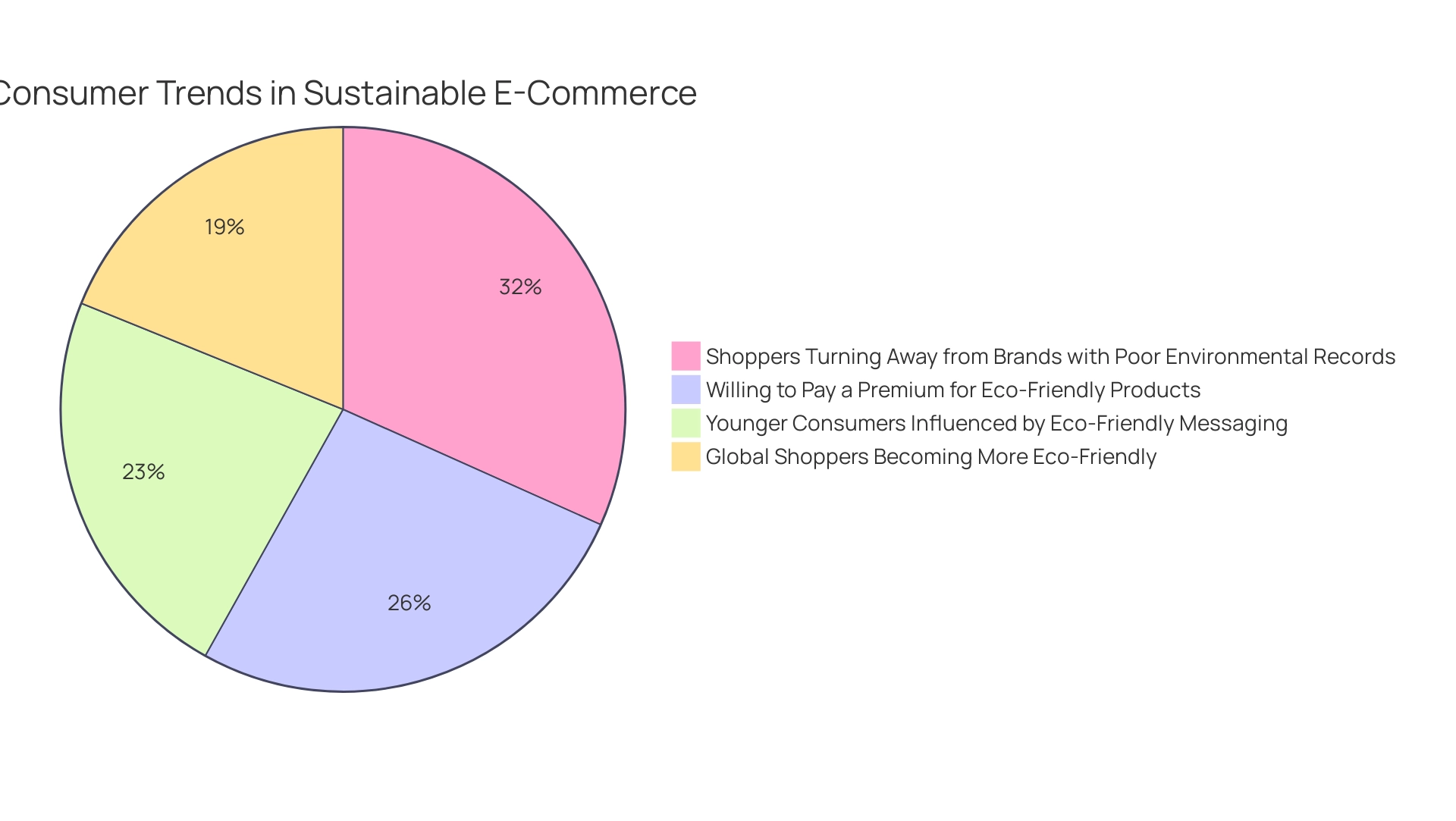
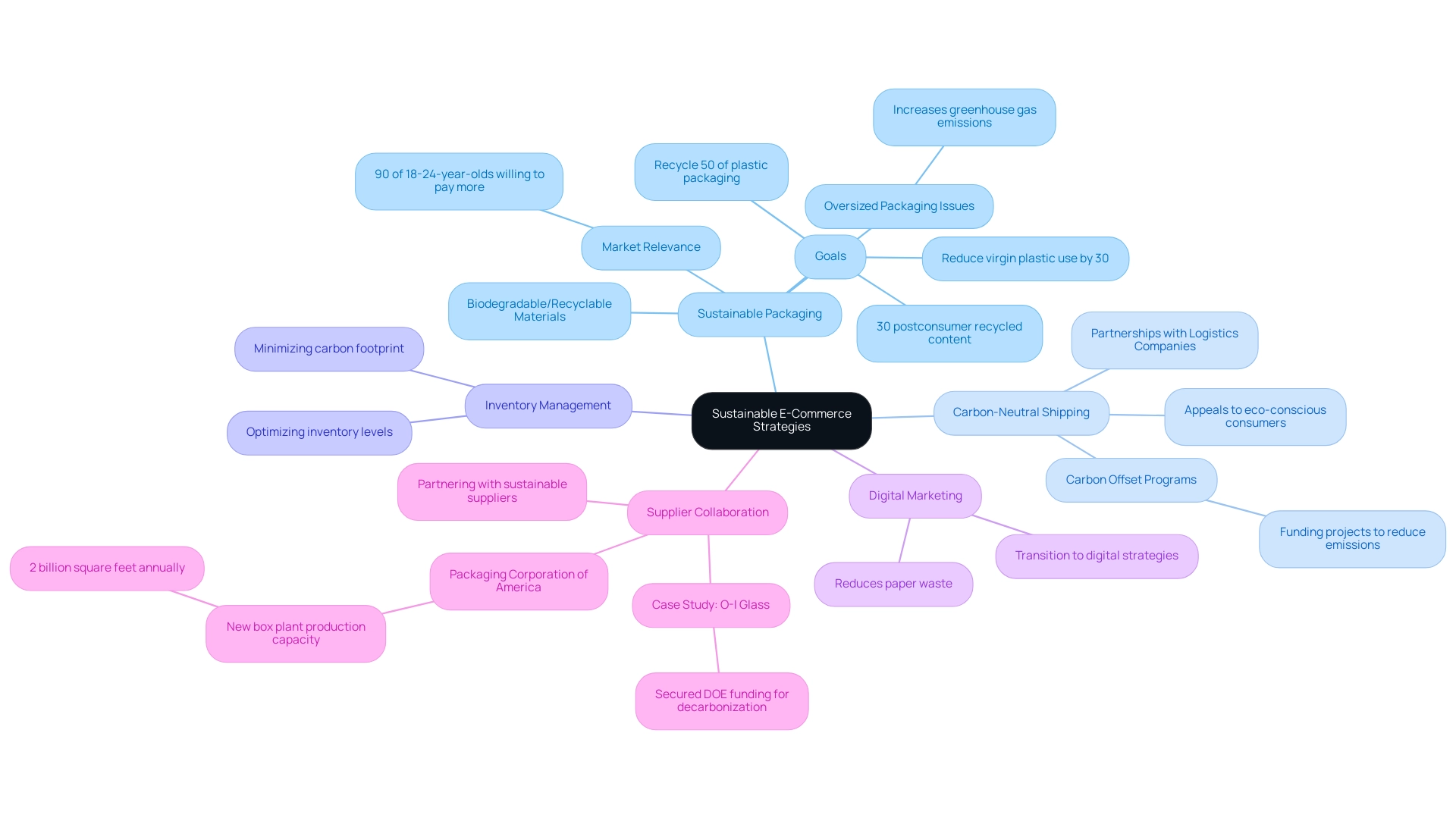
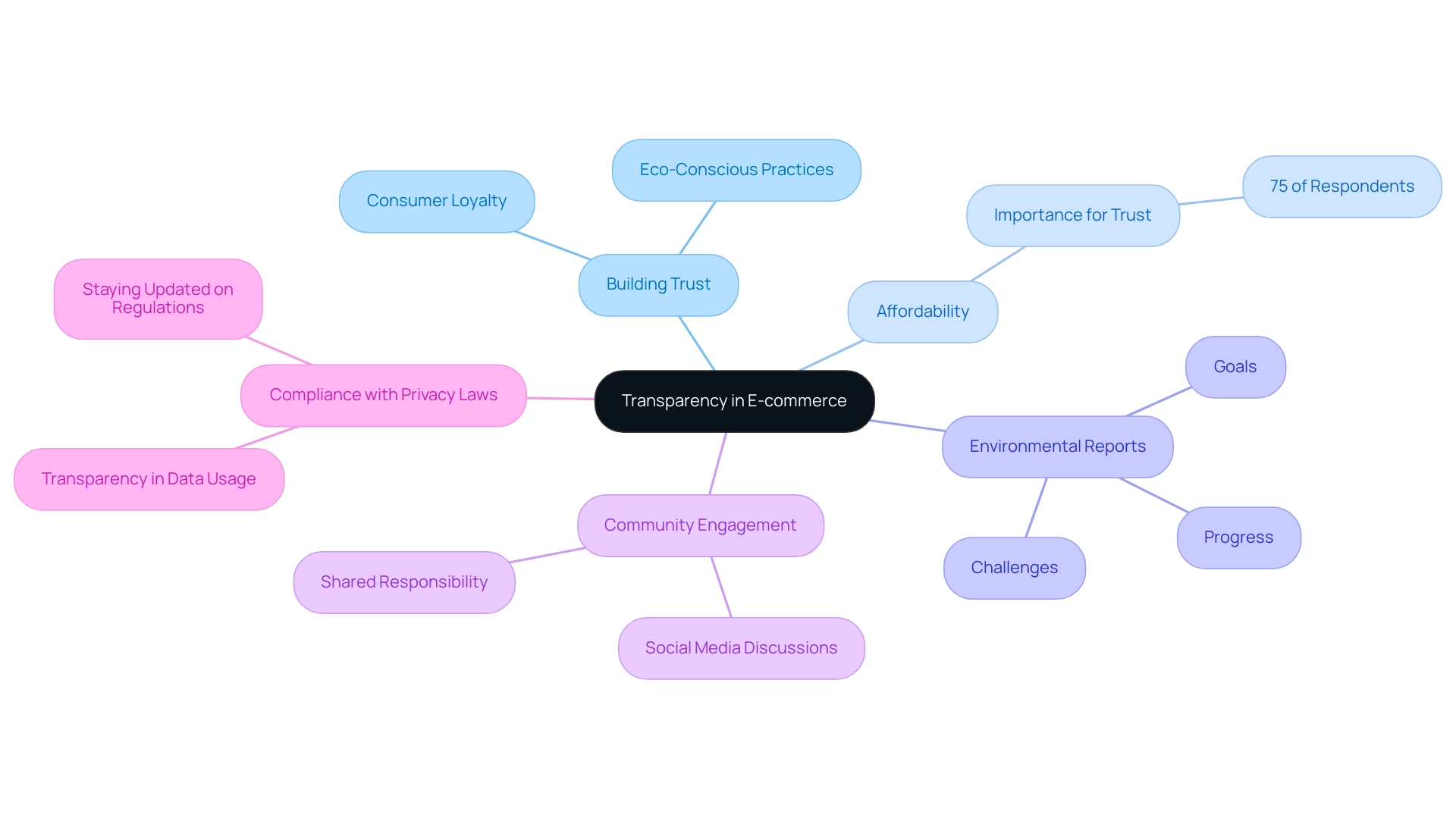
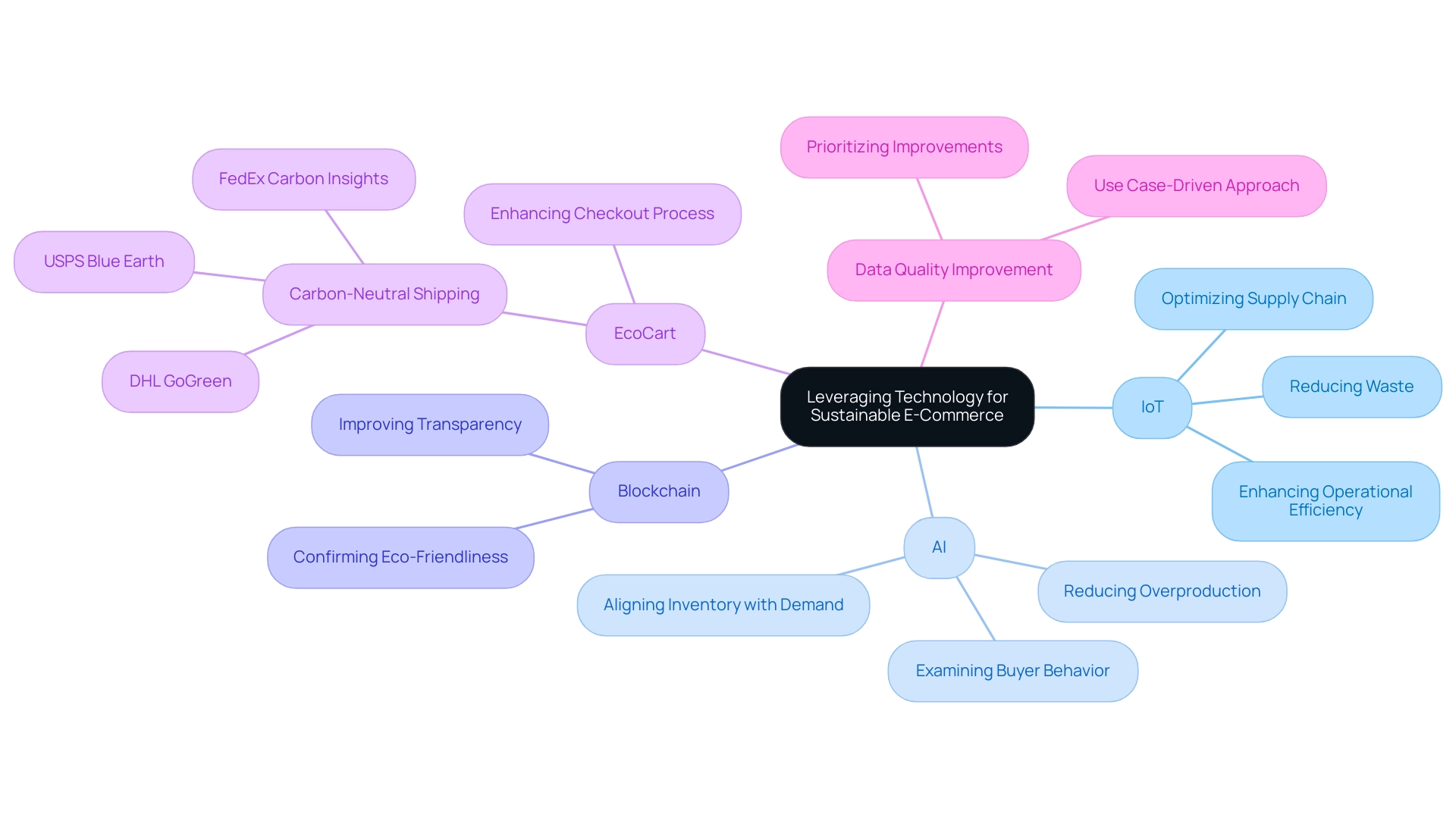
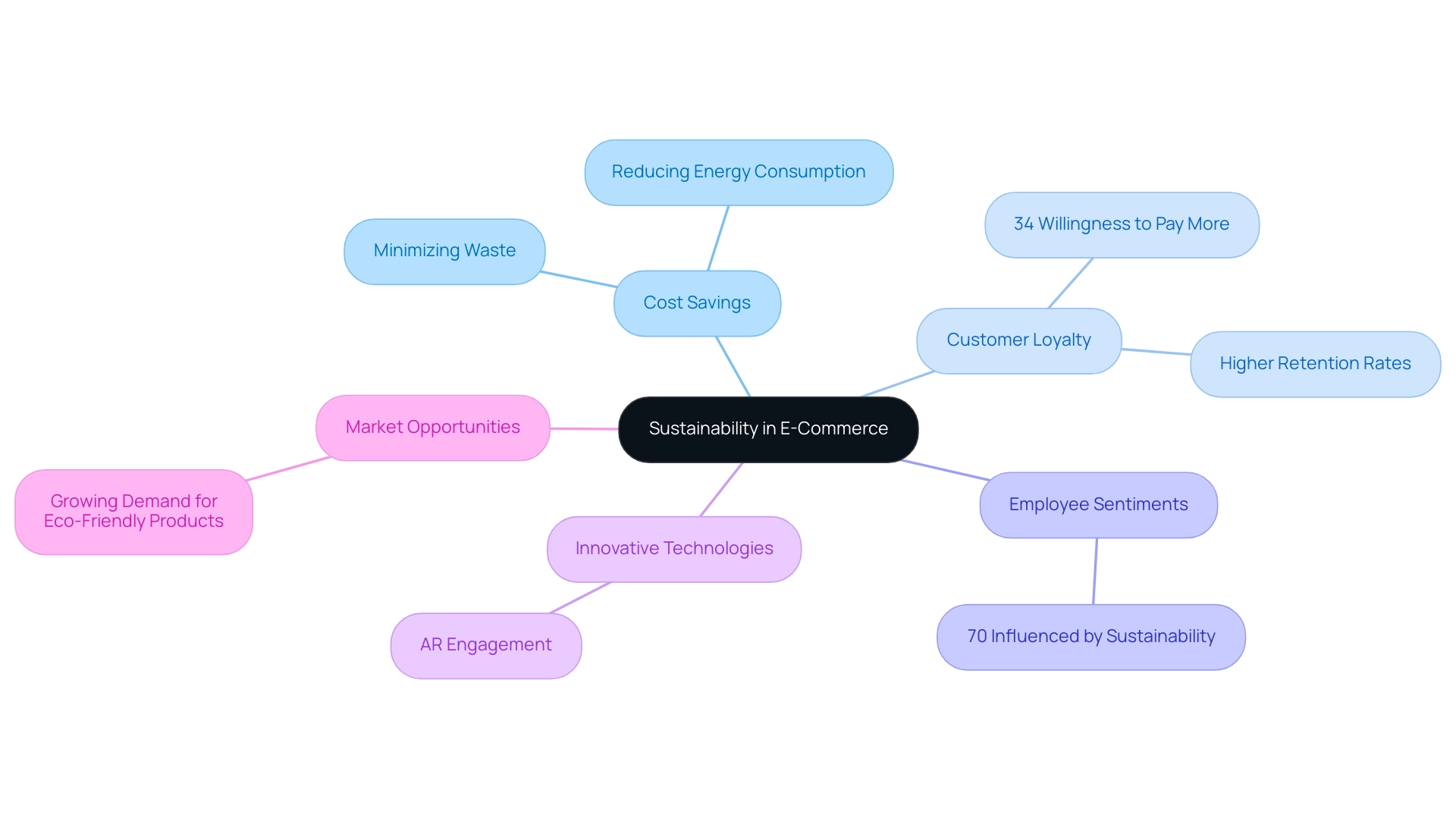







.webp)